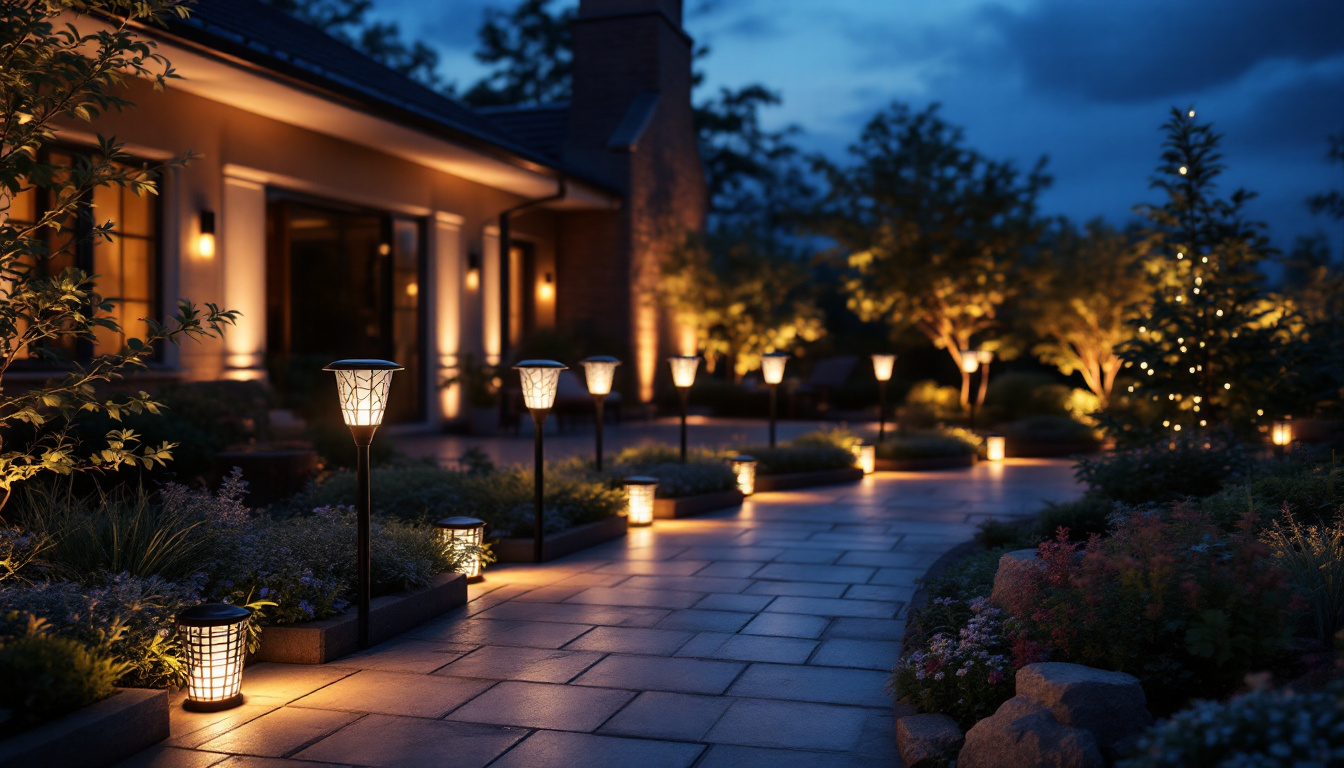
In the evolving landscape of lighting technology, LED light globes have emerged as a popular choice for both residential and commercial applications. They offer energy efficiency, longevity, and versatility. However, despite their advantages, many lighting contractors often make common mistakes when working with LED light globes. Understanding these pitfalls can lead to better installations and happier clients. This article aims to highlight these common errors and provide insights on how to avoid them.
Before delving into the mistakes, it is essential to grasp the fundamentals of LED technology. LED, or Light Emitting Diode, is a semiconductor device that emits light when an electric current passes through it. Unlike traditional incandescent bulbs, LEDs do not rely on filaments, making them more durable and energy-efficient. This efficiency translates not only into lower energy bills but also into a reduced carbon footprint, making LEDs an environmentally friendly choice for both residential and commercial applications.
LEDs come in various shapes, sizes, and color temperatures, which can significantly influence the ambiance of a space. Understanding these variations is crucial for contractors to make informed decisions when selecting LED light globes for their projects. Additionally, the versatility of LEDs allows for creative lighting solutions, such as accent lighting, task lighting, and even decorative installations. This adaptability can enhance the overall aesthetic appeal of a project while meeting specific functional requirements.
One prevalent misconception among contractors is that all LED light globes have an indefinite lifespan. While it is true that LEDs last significantly longer than traditional bulbs, they do not last forever. Factors such as heat, voltage fluctuations, and usage patterns can affect their longevity. It is vital for contractors to educate their clients about the realistic lifespan of LEDs and the conditions that may impact their performance. For instance, placing LEDs in enclosed fixtures without proper ventilation can lead to overheating, which may shorten their lifespan considerably.
Another common mistake is the misunderstanding of color temperature. LED light globes are available in a range of color temperatures, typically measured in Kelvins (K). A common error is assuming that all LEDs provide the same warm light as traditional incandescent bulbs. This can lead to mismatched lighting in a space, affecting both aesthetics and functionality. The perception of color can also change based on the surrounding decor and materials, making it even more crucial to select the right color temperature for each environment.
Contractors should familiarize themselves with the different color temperatures available and guide clients in selecting the appropriate options for their specific needs. For instance, warmer tones (2700K-3000K) are ideal for cozy environments, while cooler tones (4000K-5000K) work well in workspaces. Moreover, some LEDs offer adjustable color temperatures, allowing users to switch between warm and cool light depending on the time of day or activity, thus providing flexibility in lighting design. This feature can be particularly beneficial in multi-functional spaces, where the lighting needs may vary throughout the day.
Proper installation is critical to the performance and longevity of LED light globes. However, many contractors make installation errors that can lead to subpar results. These mistakes can range from improper fixture selection to inadequate wiring.
One significant error is selecting fixtures that are not compatible with LED technology. Some fixtures are designed specifically for incandescent bulbs and may not provide the necessary heat dissipation for LEDs. This can lead to overheating, reducing the lifespan of the LED light globe.
Contractors should ensure that the fixtures they choose are rated for LED use. Additionally, they should consider the wattage and voltage requirements of the LED globes to ensure compatibility and optimal performance. It’s also worth noting that the aesthetic design of the fixture can impact light distribution and ambiance. For instance, recessed fixtures may require specific trims that are optimized for LED light output, which can enhance the overall lighting effect in a space.
Another common mistake involves inadequate wiring and circuit considerations. LEDs require specific voltage and current levels to operate efficiently. If the wiring is not up to standard or if the circuit is overloaded, it can lead to flickering, dimming, or even complete failure of the LED light globes.
It is essential for contractors to evaluate the existing electrical infrastructure before installation. Upgrading wiring or circuits may be necessary to accommodate the new LED fixtures, ensuring a stable and reliable lighting solution. Furthermore, understanding the total load on the circuit is crucial; overloading can not only affect LED performance but also pose safety risks, such as electrical fires. Implementing a thorough assessment of the circuit’s capacity, along with considering the total wattage of all connected devices, can prevent future complications and ensure a safe installation.
Dimming capabilities are one of the appealing features of LED technology, allowing for greater control over lighting levels. However, many contractors overlook the importance of ensuring that LED light globes are compatible with existing dimmer switches.
Many traditional dimmer switches are not designed to work with LED technology. Using incompatible dimmers can lead to flickering, buzzing, or even damage to the LED light globes. It is crucial for contractors to recommend LED-compatible dimmers to their clients, ensuring smooth and reliable dimming functionality.
When selecting dimmers, contractors should also consider the total wattage load. LED light globes typically consume less power than incandescent bulbs, and using a dimmer that is not rated for low wattage can lead to performance issues. For instance, a dimmer switch rated for a minimum of 60 watts may not function properly with a string of LED bulbs that only draw 10 watts each. This mismatch can cause the lights to flicker or not dim at all, which can be frustrating for homeowners who expect a seamless lighting experience.
Furthermore, the technology behind LED dimming has evolved significantly, and it’s essential for contractors to stay informed about the latest advancements. Modern dimmers can offer features such as smooth transitions, a wider range of dimming levels, and even smart home integration, allowing users to control their lighting through mobile apps or voice commands. By educating clients about these options, contractors can enhance the overall lighting experience in a space, making it more functional and aesthetically pleasing. Additionally, contractors should encourage clients to test the dimming capabilities of their chosen LED globes and dimmers together before finalizing the installation, ensuring that they achieve the desired ambiance without any unexpected issues.
While LED light globes are inherently energy-efficient, there are still factors that contractors must consider to maximize energy savings. Overlooking these aspects can lead to increased energy consumption and reduced cost-effectiveness for clients.
One common mistake is not calculating the total wattage of the lighting design. Contractors may select LED globes based solely on lumens without considering the overall wattage of the installation. This can lead to overloading circuits and increased energy costs.
To avoid this, contractors should perform a thorough analysis of the total wattage required for the project. This includes accounting for all fixtures and ensuring that the combined wattage does not exceed the circuit’s capacity.
Another oversight is the tendency to prioritize cost over quality. While it may be tempting to choose cheaper LED options, lower-quality products often lead to poor performance and shorter lifespans. This can result in increased replacement costs and dissatisfied clients.
Investing in high-quality LED light globes from reputable manufacturers ensures better performance, longer lifespans, and enhanced energy efficiency. Contractors should educate their clients on the long-term benefits of choosing quality over quantity when it comes to LED lighting.
Education is a crucial aspect of any lighting project. Many contractors fail to adequately inform their clients about the features and benefits of LED light globes. This lack of communication can lead to misunderstandings and dissatisfaction with the final results.
Contractors should take the time to explain the advantages of LED technology, including energy savings, longevity, and environmental benefits. Providing clients with detailed information about the specific products being used can help them understand the value of their investment.
Additionally, offering guidance on maintenance and care for LED light globes can enhance their performance and lifespan. Clients who are well-informed are more likely to appreciate the benefits of their lighting choices.
Post-installation support is another area where contractors often fall short. After the installation is complete, clients may have questions or concerns about their new LED lighting system. Failing to provide ongoing support can lead to frustration and dissatisfaction.
Contractors should establish a clear line of communication with clients after the project is finished. Offering follow-up consultations or support can help address any issues that may arise and reinforce the contractor’s commitment to quality service.
In the world of lighting design, LED light globes offer a wealth of benefits, but they also come with their own set of challenges. By understanding and avoiding common mistakes, lighting contractors can ensure successful installations that meet the needs of their clients.
From selecting the right fixtures and ensuring compatibility with dimmers to providing adequate education and support, attention to detail is key. By prioritizing quality and maintaining open lines of communication, contractors can enhance their reputation and foster long-term relationships with their clients.
Ultimately, the goal is to create well-lit spaces that are both functional and aesthetically pleasing. By learning from common mistakes and continuously improving their practices, lighting contractors can excel in the ever-evolving field of LED lighting.
Don’t let common LED installation mistakes dim the success of your lighting projects. At LumenWholesale, we provide lighting contractors with the highest quality, spec-grade LED light globes at unbeatable wholesale prices. Say goodbye to unnecessary markups and hello to a vast selection of reliable, high-performance lighting that meets the most rigorous industry standards. With free shipping on bulk orders, you can stock up on premium lighting solutions and enjoy the best value without any hidden costs. Elevate your lighting installations with the perfect blend of quality, affordability, and convenience. Wholesale Lighting at the Best Value is just a click away.

Discover the essential insights on fluorescent to LED conversion kits tailored for lighting contractors.

Illuminate your outdoor spaces with style and sustainability using decorative solar lights.

Discover why staying updated on the latest trends in lighting and fan technology is crucial for every lighting contractor.

Discover how LED tube light fixtures can revolutionize your business as a lighting contractor.